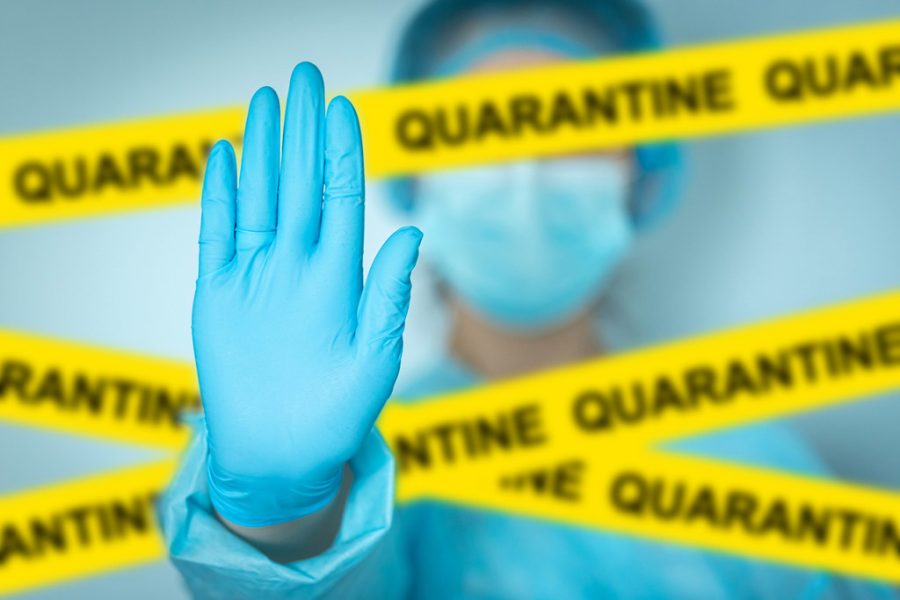From 10 to 5 Days: CDC Shortens Recommended COVID-19 Isolation Period
January 13, 2022
With the new Omicron variant and increased traveling as a result of the holidays, COVID-19 cases recently reached record-breaking numbers in the US. But, given the science behind the variant, the CDC recommended last Monday that those infected with the virus should isolate for only five days rather than ten.
According to the CDC, science reveals that the majority of SARS-CoV-2 transmissions take place at the onset of the illness, typically one to two days before symptoms emerge and the two to three days after. Thus, those infected with COVID-19 (who are asymptomatic and have not had a fever in 24 hours) can shorten their isolation period to five days, and for the five days after isolation, they must wear a mask when in contact with others to reduce further risk of transmission.
Furthermore, the CDC modified the quarantine period for the general public who have been exposed to COVID-19. For unvaccinated individuals or those who received their second dose of the vaccine more than six months ago and are yet to receive the booster shot, “CDC now recommends quarantine for five days followed by strict mask use for an additional 5 days,” according to the press release. If the five-day quarantine period cannot be completed, an exposed person must wear a “well-fitting mask” when encountering others for ten days after exposure.
Alternatively, individuals who received the booster shot are not required to quarantine following an exposure, but should continue wearing a mask for the following ten days. And for the entire general public, “best practice [for those exposed] would also include a test for SARS-CoV-2 at day five after exposure. If symptoms occur, individuals should immediately quarantine until a negative test confirms symptoms are not attributable to COVID-19.”
While the CDC updated its recommendations, these recommendations do not override state and district mandates. As stated by Mrs. Millar and Mrs. Cassiello, Tenafly High School’s nurses, both vaccinated and unvaccinated THS students who test positive for COVID-19 but are asymptomatic will be excluded from school for ten days, starting the day they tested positive, the day they began experiencing symptoms, or the day they were exposed. Those students can then return to school on day 11. If an individual is symptomatic, they must wait until 24 hours after they stop experiencing symptoms to return to school. If a vaccinated student is contact-traced, no quarantine is required, but if an unvaccinated student is contact-traced, a quarantine of ten days is required.
It is also notable to mention that there is a significant difference between “isolation” and “quarantine.” Isolation corresponds with the period after a confirmed positive case, whereas quarantine signifies the time after being exposed to someone who tested positive. While both are forms of protection, the CDC urges all eligible people to get vaccinated and “reduce the impact of COVID-19 on our communities.”
As stated by CDC Director Dr. Rochelle Walensky, “the Omicron variant is spreading quickly and has the potential to impact all facets of our society.” The CDC utilized its knowledge about the spread of the virus and the benefits of the vaccines to update its recommendations for quarantine and isolation periods. Still, “prevention is our best option,” Walensky said. “Get vaccinated, get boosted, wear a mask in public indoor settings in areas of substantial and high community transmission, and take a test before you gather.”

















































































































































